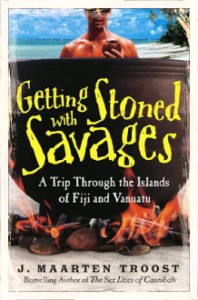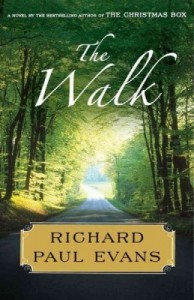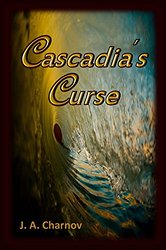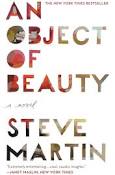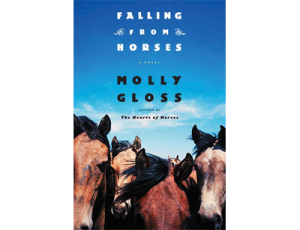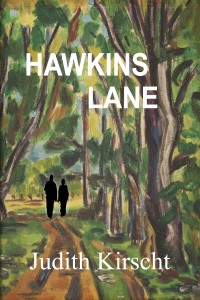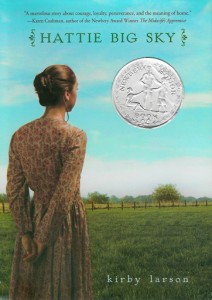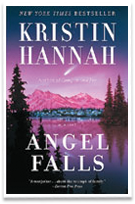 Angel Falls by Kristin Hannah is a fast-paced story of depth, a story of love between husband and wife, love between parents and children, and passionate love that sometimes turns into regret.
Angel Falls by Kristin Hannah is a fast-paced story of depth, a story of love between husband and wife, love between parents and children, and passionate love that sometimes turns into regret.
When Mikaela Campbell lapses into a coma after a horse-back riding accident, her doctor-husband, Liam, is beside himself with grief and worry. He knows how serious this type of brain injury can be. Their two children are frightened and confused with their mother unresponsive and away from home.
While Mikaela is in the coma, her family rallies to help. Her mother comes to take care of the family. Liam spends hours, days, talking, reading, playing music to his comatose wife, hoping to bring her back to consciousness,
Mikaela never wanted to discuss her previous marriage. Her daughter was four when Liam and Mikaela were married ten years ago, and they have a son, now 9. While searching for something in their closet, Liam stumbles across evidence that his wife’s previous marriage was to world-famous actor Julian True. Desperate to bring his wife back, Liam turns to her ex-husband for help. He knows what a chance he’s taking, but love for his wife overrides his own happiness.
Angel Falls is a poignant story about love and commitment. The author’s characterization and sense of place is superb. This novel is more than a love story, it’s a story of hope, faith, and commitment.
To learn more about the author, visit http://kristinhannah.com/content/index.php


